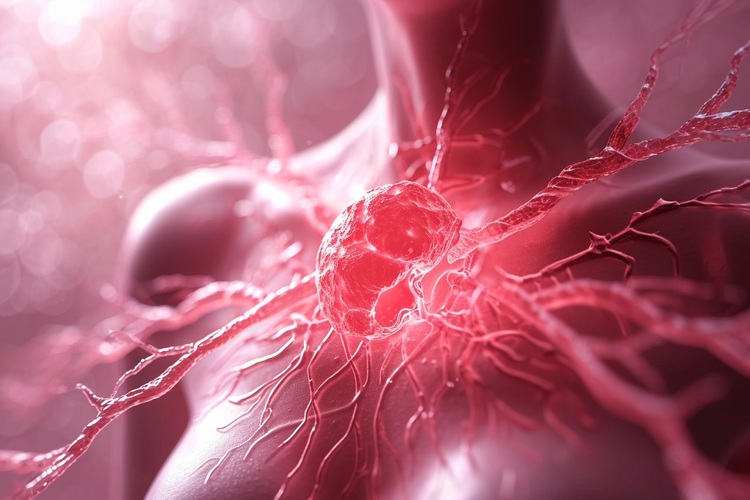Bioelectricity: The Hidden Force Shaping Our Health
A subtle yet powerful energy flows through our bodies, orchestrating countless biological processes. This invisible force, known as bioelectricity, is emerging as a groundbreaking frontier in health and medicine. But what exactly is bioelectricity, and how can understanding it revolutionize our approach to wellness? Let's delve into this fascinating realm where biology meets physics, uncovering the potential to transform healthcare as we know it.

At its core, bioelectricity stems from the movement of ions across cell membranes. This creates electrical potentials that play crucial roles in various physiological processes, from nerve signaling to muscle contraction. But the influence of bioelectricity extends far beyond these basic functions, shaping everything from embryonic development to wound healing and even cancer progression.
The Cellular Symphony of Bioelectricity
Every cell in our body maintains an electrical charge difference between its interior and the surrounding environment. This voltage, known as the membrane potential, is carefully regulated by ion channels and pumps embedded in the cell membrane. These molecular gatekeepers control the flow of charged particles like sodium, potassium, and calcium, creating a dynamic electrical landscape within our tissues.
The interplay of these bioelectric signals forms a complex network of communication throughout the body. Neurons, for instance, use rapid changes in membrane potential to transmit information along their length and between cells. But it’s not just the nervous system that relies on bioelectricity. Recent research has revealed that bioelectric signaling plays a crucial role in processes as diverse as embryonic patterning, tissue regeneration, and even cancer suppression.
Bioelectricity in Development and Regeneration
One of the most exciting areas of bioelectricity research is its role in embryonic development and tissue regeneration. Scientists have discovered that bioelectric gradients across tissues act as a kind of blueprint, guiding the formation of organs and limbs during embryogenesis. By manipulating these gradients, researchers have achieved remarkable feats, such as inducing the growth of extra limbs in frogs or reprogramming gut tissue to form eyes.
This understanding of bioelectricity’s role in development opens up tantalizing possibilities for regenerative medicine. Could we one day harness these bioelectric signals to regrow lost limbs or repair damaged organs? While we’re not there yet, early experiments in animals have shown promising results, suggesting that bioelectric manipulation could become a powerful tool in tissue engineering and regenerative therapies.
The Bioelectric Battle Against Cancer
Cancer, one of the most formidable health challenges of our time, may also have a bioelectric component. Researchers have observed that cancer cells often exhibit altered bioelectric properties compared to healthy cells. This discovery has led to the development of novel diagnostic tools that can detect cancerous tissue by measuring its electrical characteristics.
Moreover, there’s growing evidence that manipulating bioelectric signals could help in cancer treatment. Some studies have shown that normalizing the bioelectric state of cancer cells can slow their growth or even revert them to a non-cancerous state. While these findings are still in the early stages, they offer a new avenue for cancer research that could complement existing therapies.
Harnessing Bioelectricity for Healing
The therapeutic potential of bioelectricity extends beyond regeneration and cancer treatment. Researchers are exploring how bioelectric manipulation could aid in wound healing, pain management, and even mental health treatment. For instance, techniques like transcranial direct current stimulation (tDCS) use weak electric currents to modulate brain activity, showing promise in treating conditions like depression and chronic pain.
In the realm of wound healing, devices that generate specific bioelectric fields have been shown to accelerate tissue repair and reduce scarring. This approach could be particularly beneficial for chronic wounds, which often resist traditional treatments and pose significant health risks.
Electrifying Facts About Bioelectricity
-
The human brain generates enough electricity to power a small LED light bulb
-
Electric eels can generate up to 860 volts of electricity, enough to stun their prey
-
Bioelectric fields play a crucial role in the regeneration of lost limbs in some animals, like salamanders
-
The heartbeat is initiated by a bioelectric signal from a group of cells called the sinoatrial node
-
Some birds use Earth’s magnetic field, detected through bioelectric mechanisms, for navigation during migration
As we continue to unravel the mysteries of bioelectricity, we stand on the brink of a new era in healthcare. From regenerative therapies to cancer treatment and beyond, understanding and harnessing our body’s electrical nature could revolutionize medicine. While much research remains to be done, the potential of bioelectricity to transform our approach to health and healing is truly electrifying. As we look to the future, it’s clear that this hidden force within us may hold the key to unlocking new frontiers in human health and longevity.





